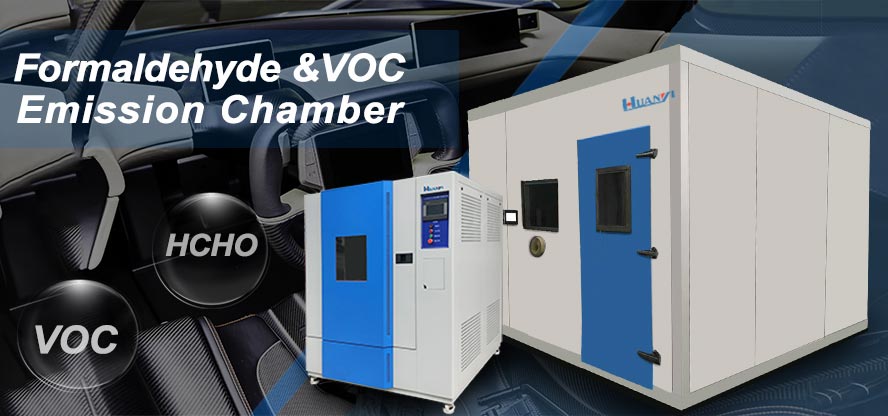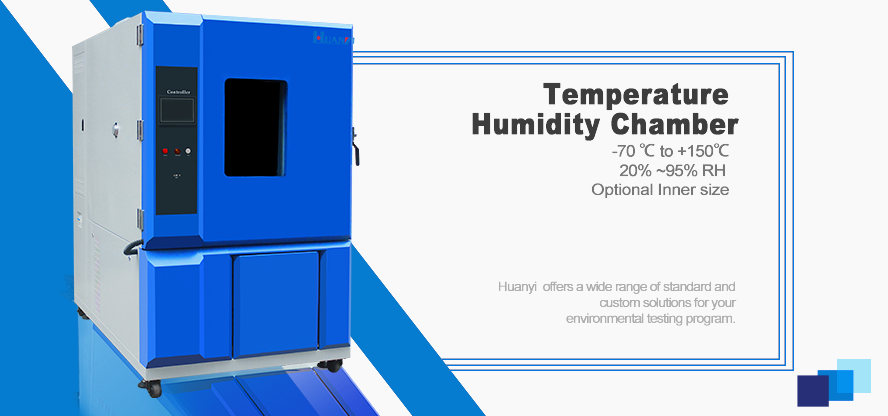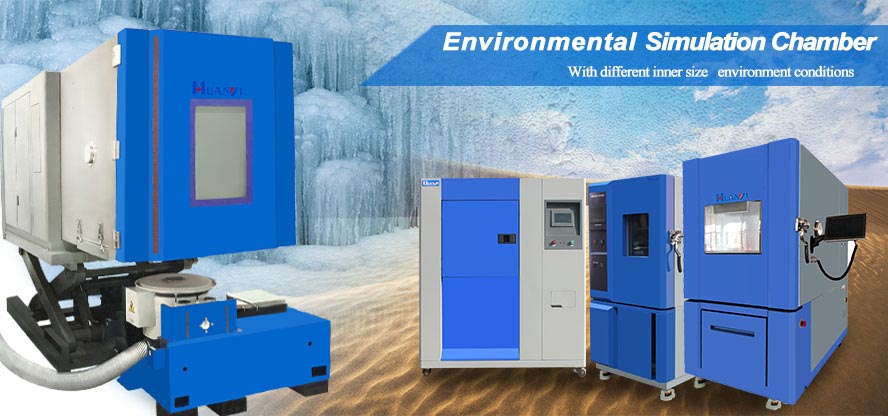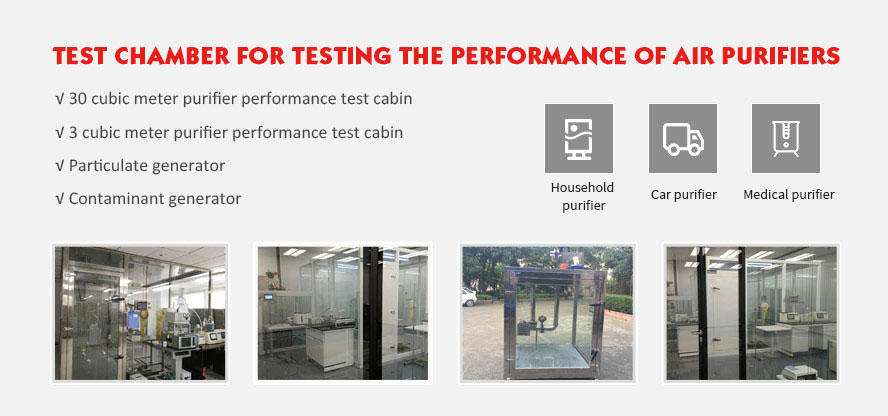System principle and advantages and disadvantages of constant temperature and humidity test chamber
The system principle of the constant temperature and humidity test box is divided into four major characteristics: heating, cooling, and humidification and dehumidification. In this section, we will explain the system principles, advantages and disadvantages of the constant temperature and humidity test box in detail.
1. Explanation of the heating process of the constant temperature and humidity test chamber:
The heating in the test box is mainly high-power resistance wire. Because the heating rate required by the test box is relatively large, the heating system of the test box is divided into two sub-systems, humidification and dehumidification.
2. Explanation of the cooling process of the constant temperature and humidity test chamber:
Cooling means refrigeration. The refrigeration methods of the test chamber are mechanical refrigeration and auxiliary liquid nitrogen refrigeration. Mechanical refrigeration adopts vapor compression refrigeration. They are mainly composed of compressor, condenser, throttling mechanism and evaporator. If the temperature and humidity test chamber is The temperature requirement for a larger cabinet is as low as -55°C or below, and single-stage refrigeration is difficult to meet the requirements. Therefore, the refrigeration method of the test chamber generally uses cascade refrigeration.
3. Explanation of humidification process of constant temperature and humidity test chamber:
The humidification process of the constant temperature and humidity test box is actually to increase the partial pressure of water vapor. The initial humidification method is to spray water on the wall of the constant temperature and humidity test box, and control the water surface saturation pressure by controlling the water temperature. The water on the surface of the box wall forms a larger surface, on this surface, the relative humidity in the test box is increased by adding water vapor pressure into the box by diffusion. This method appeared in the 1950s.
Because the humidity control at that time was mainly the simple switch adjustment of the mercury-electric contact type conductivity meter, the control adaptability to the water temperature of the hot water tank with large lag was poor, so the control transition process was long and could not meet the alternating heat and humidity. There is a need for more humidification, and more importantly, when spraying the tank wall, it is inevitable that water drops on the test product will cause different degrees of pollution to the test product.
The advantages of constant temperature and humidity test chamber humidification:
1. Water spray humidification: After the system is stable, the humidity fluctuation is small; during the humidification process, the water vapor is not too hot and will not increase the heat of the constant temperature and humidity test chamber. Controlling the spray water temperature can play a dehumidification effect.
2. Steam humidification: rapid humidification; to meet the needs of rapid humidification in the process of alternating heat and humidity.
3. Shallow water tray humidification: After the system is stable, the humidity fluctuation is small; during the humidification process, the water should not be too hot, and it will not increase the heat of the constant temperature and humidity test box. Controlling the temperature of the spray water can play a dehumidification effect; humidification is rapid. Meet the needs of rapid humidification in the process of alternating heat and humidity.
4. Supercooled steam humidification: it has the advantages of the first three methods.
Disadvantages of humidification in constant temperature and humidity test chamber
1. Water spray humidification: When spraying water, the water will contaminate the test piece; the humidification speed is slow, which cannot meet the needs of alternating heat and humidity; the water spraying will increase the burden of the water in the tank and increase the drainage pressure.
2. Steam humidification: Steam humidification will increase the heat in the box, which is not conducive to the control of the temperature in the box.
3. Shallow water tray humidification: As water pressure and convection always exist, the humidity of the constant temperature and humidity test chamber will always be increased, and it is difficult to obtain a low humidity environment.
4. Super-cooled steam humidification: no shortcomings of the first three methods.
Similarities and Differences of Humidification Principles of Constant Temperature and Humidity Test Chamber
1. Water humidification: The wall area of the constant temperature and humidity test chamber increases with water. When water diffuses into the chamber, the water pressure in the chamber increases and the relative humidity increases.
2. Steam humidification: spray water vapor directly into the constant temperature and humidity test box to increase the relative humidity in the box.
3. Shallow water tray humidification: The water heated in the shallow water tray increases the water vapor in the constant temperature and humidity test chamber through convection and diffusion, thereby increasing the relative humidity.
4. Supercooled steam humidification: convert the heat obtained by the sample into water vapor to increase humidity. If no other heat is added, the water mist will become water droplets.
In fact, the humidification system of the constant temperature and humidity test box is roughly the same as the heating system; the constant temperature and humidity test box is the process of heating water into steam by the heater to complete the humidification purpose. The dehumidification system is also completed by the refrigeration system. The evaporator is placed in the constant temperature and humidity test box; it is relatively cold, and the high humidity gas in the test box will condense into liquid when the cold object is in the test box; the high humidity gas in the cabinet will be very small after repeated Dehumidification purpose









